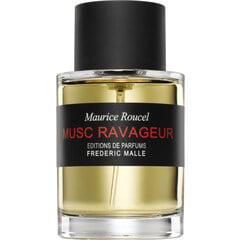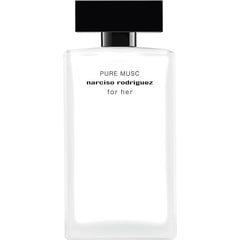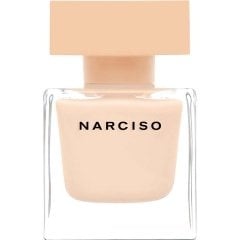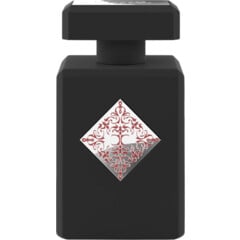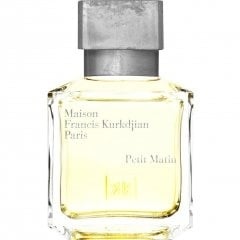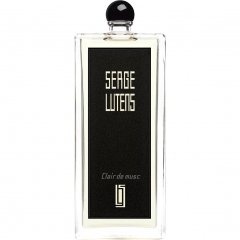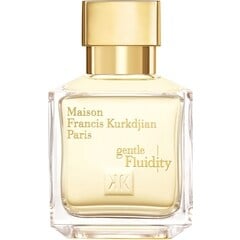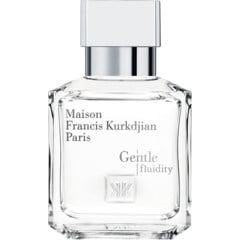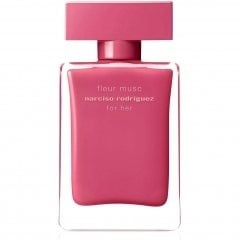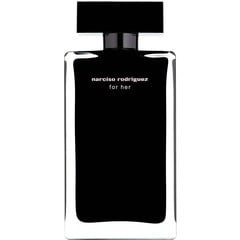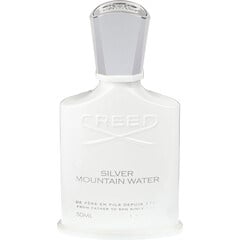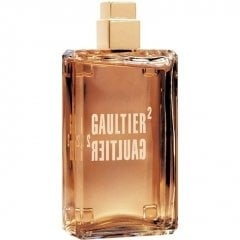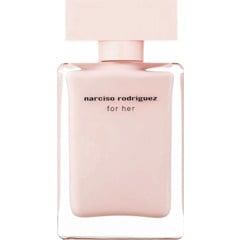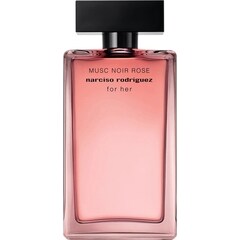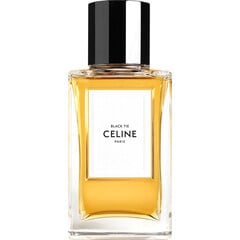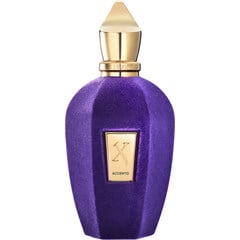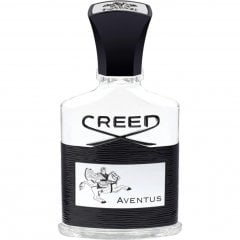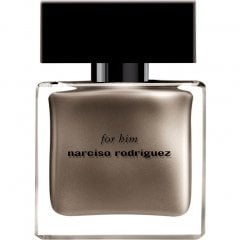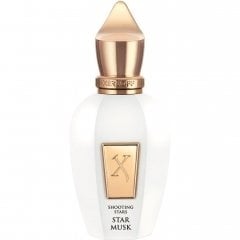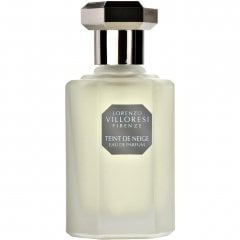 Musk
Musk
Musk - Frequency of the fragrance note
Interesting Facts
Musk is the one note that is mentioned the most often in the fragrance notes of our perfumes.
Today, there can be hundreds of different fragrance ingredients behind this denomination. In most cases they are chemically related with each other, however, they can be perceived quite differently by our nose. Roughly said, the spectrum runs from creamy-powdery (white musk) to dark, animalic odors.
Musk was already in use in ancient times. We find evidence of it in the Qur'an as well as in other writings of the prophet, and in classic Arabic lyrics. Besides as a fragrance ingredient, musk has been used in traditional Chinese medicine.
Traditionally musk was gained from specific glands of the male musk deer (Moschus moschiferous and Moschus chrysogaster) which are located in the animal's belly between the genitals and the navel. It is directly taken from the glands. To process white musk, the musk glands can also be cooked with the bones of the deer in order to make use of the gelatine.
Since animal musk has always been precious the musk deer has been strongly hunted. Today, both species are protected by an international agreement which however is violated again and again.
The musk secretion can also be taken from the living animal. There are reports of farms in India and China. However musk deer can hardly be held captive in accordance with animal welfare. The mortality is said to be high and the end product of lesser quality. The kind of musk (white, golden, black) and its quality depend on the age of the animal as well as the influence of sex hormones during mating season.
Next to the musk deer, there are a number of animals with gland secretions similar to deer musk: muskrat, musk duck, a species of alligator. There is even a musk beetle. However, in perfumery, only the secretions of the civet cat and the beaver (castoreum) have reached a wider use.
Vegetal musk denominates fragrance ingredients processed from plants that have a musk-like odor. It can stand for the seeds of Abelmoschus moschatus, also named Ambrette or Ambrette seed. Besides that, angelica root is sometimes meant.
But also the extraction of plant ingredients cannot satisfy the requirements of the perfume industry. Thus, in almost all cases musk as fragrance note stands for one or for several synthetic musk ingredients provided by the aromachemical industry.
Author: Apicius, kindly supported by E99ESans
Sources:
www.wikipedia.org
Anya King, Tibetan Musk and Medieval Arab Perfumery, in: Islam and Tibet Interactions along the Musk Routes, Farnham 2011.
Excerpt at Google Books: www.goo.gl/RESycr
www.profumo.it/perfume/prodotto.asp?pid=5220
www.downtoearth.org.in/node/16294
www.arkive.org/siberian-musk-deer/moschus-moschiferus/
About musk deer keeping and musk production: www.fao.org/docrep/q1093e/q1093e02.htm
Today, there can be hundreds of different fragrance ingredients behind this denomination. In most cases they are chemically related with each other, however, they can be perceived quite differently by our nose. Roughly said, the spectrum runs from creamy-powdery (white musk) to dark, animalic odors.
Musk was already in use in ancient times. We find evidence of it in the Qur'an as well as in other writings of the prophet, and in classic Arabic lyrics. Besides as a fragrance ingredient, musk has been used in traditional Chinese medicine.
Traditionally musk was gained from specific glands of the male musk deer (Moschus moschiferous and Moschus chrysogaster) which are located in the animal's belly between the genitals and the navel. It is directly taken from the glands. To process white musk, the musk glands can also be cooked with the bones of the deer in order to make use of the gelatine.
Since animal musk has always been precious the musk deer has been strongly hunted. Today, both species are protected by an international agreement which however is violated again and again.
The musk secretion can also be taken from the living animal. There are reports of farms in India and China. However musk deer can hardly be held captive in accordance with animal welfare. The mortality is said to be high and the end product of lesser quality. The kind of musk (white, golden, black) and its quality depend on the age of the animal as well as the influence of sex hormones during mating season.
Next to the musk deer, there are a number of animals with gland secretions similar to deer musk: muskrat, musk duck, a species of alligator. There is even a musk beetle. However, in perfumery, only the secretions of the civet cat and the beaver (castoreum) have reached a wider use.
Vegetal musk denominates fragrance ingredients processed from plants that have a musk-like odor. It can stand for the seeds of Abelmoschus moschatus, also named Ambrette or Ambrette seed. Besides that, angelica root is sometimes meant.
But also the extraction of plant ingredients cannot satisfy the requirements of the perfume industry. Thus, in almost all cases musk as fragrance note stands for one or for several synthetic musk ingredients provided by the aromachemical industry.
Author: Apicius, kindly supported by E99ESans
Sources:
www.wikipedia.org
Anya King, Tibetan Musk and Medieval Arab Perfumery, in: Islam and Tibet Interactions along the Musk Routes, Farnham 2011.
Excerpt at Google Books: www.goo.gl/RESycr
www.profumo.it/perfume/prodotto.asp?pid=5220
www.downtoearth.org.in/node/16294
www.arkive.org/siberian-musk-deer/moschus-moschiferus/
About musk deer keeping and musk production: www.fao.org/docrep/q1093e/q1093e02.htm

